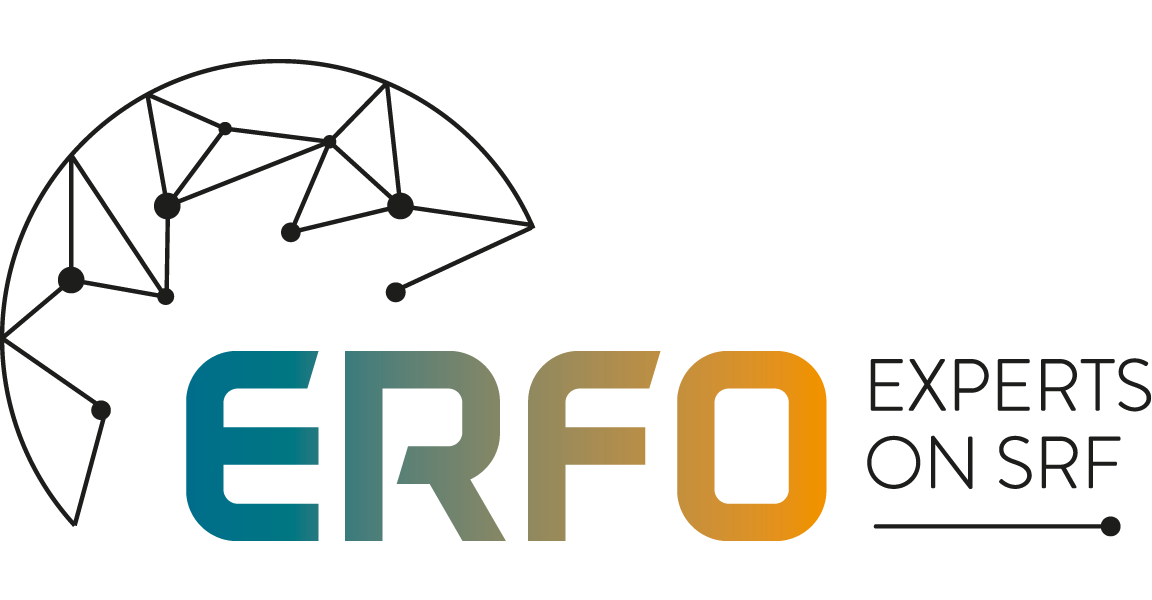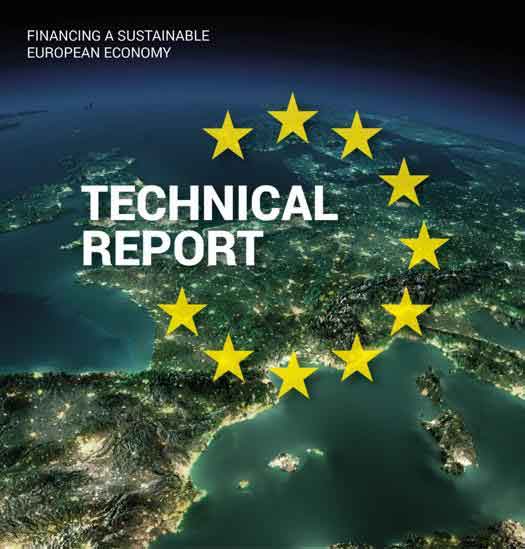Thermal use of waste which can not be recycled is most sustainable and should be supported by EU taxonomy. The concept of SRF assures high recovery of recyclables and optimum energy use of the non-recyclable fraction.
Background
With Europe heading for a Circular Economy, there is also recognition that not all waste can be recycled. After separation and sorting a fraction remains for which there is nowadays a sustainable solution: production of Solid Recovered Fuel (SRF). Unlike other waste derived fuels, SRF can be considered sustainable because it is a standardised fuel. European (CEN) and global (ISO) standards assure that the characteristics of SRF are well established and well known. In terms of taxonomy, production and use of SRF need to be recognised as sustainable in order to realise the best sustainable solution for non-recyclable waste.
No competition with recycling
Production of SRF by definition will not compete with recycling. SRF is produced in facilities where waste is sorted into recyclables. As prices for recyclables are favourable compared to prices for SRF, sorting companies aim to maximise the amounts of recyclables. SRF is produced in sound combination with sorting and recycling and adds the best sustainable option for non-recyclable fractions. By developing taxonomy criteria related to SRF, both optimum recovery of recyclables from mixed wastes and optimum energy use of non-recyclable residues can be benefited.
Use of SRF
The main use of SRF is in cement production (co-processing). Cement kilns provide the most energy-effective use for non-recyclable waste. This is also confirmed by the Commissions communication ‘’The role of waste-to-energy in the circular economy’’ [COM(2017)34]. An accompanying benefit is that the inert part in SRF contributes to the formation of clinker. ISO/TC300 is elaborating on a recycling-index to make this visible. Other uses of SRF are for instance in power production and combined heat/power plants.
Contribution to energy supply
By using SRF, primary fuels (gas, coal) are replaced. Production and use of SRF therefore contribute to energy-independency of Europe. It is therefore essential to account for the contribution of SRF in the production of electricity from bioenergy, as described in paragraph 4.8 in the Technical Annex of 2020 to the Taxonomy Report. The same goes for co-generation of heat/cool and power from bioenergy (paragraph 4.20). Besides the allowed feedstocks allowed (biomass, biogas and biofuels) SRF should also be allowed as feedstock. For that, criteria for the manufacture of SRF are needed (to be added in paragraph 4.13).
Whereas generation of heat/cool and power can also be achieved in stand-alone facilities running only on SRF, it is important to also include such plants in the taxonomy scheme. This would require taxonomy criteria to be set for such plants, for instance addressing biomass fraction and maximum proportion of recyclable materials.
Contribution to climate protection
Whereas SRF is partly made up of biogenic material, emission of fossil CO2 is reduced. The reduction of CO2 from co-processing and other uses of SRF is in the range of 350 – 1.000 kg. CO2 eq/ton waste.
Contribution to a Circular Economy
It is important to stress that all efforts must be undertaken to separate waste at source or either sort waste afterwards. It is impossible however to reuse and recycle everything. Even in best performing member states a residual fraction remains. Typically, sorting of waste results in 25-30% residue. Even when design of products and sorting technologies improve, a massive stream of non-recyclable waste will remain in Europe. Cembureau and ERFO have estimated that at least some 60 million tonnes of SRF could be produced in Europe when all member states would implement state-ot-the-art waste management solutions.
SRF is the perfect link between recycling and waste-to-energy. As a part of the sorting/recycling process it does not compete with recycling. Used in cement-kilns it contributes to the formation of clinker. New technologies are being developed to turn SRF into fuels and chemicals. Not acknowledging SRF production and its use in its current and future applications as a sustainable activity within the taxonomy legislation will put Europe back into less sustainable options for waste.
Social aspects
Production of SRF saves existing and creates new jobs. It is an additional step to the sorting/recycling of waste requiring new equipment investment and comparably (to other materials derived from waste) intensive quality control. As an example, in Germany the whole development of SRF has provided a vast amount of work for consultancy firms and research institutes, a new area of laboratory work has been realised and an association has been established. In industry itself SRF production has created new work within companies but also in trading and within companies receiving SRF. As a rough indication, employment effects are more than 3 employees per 1 Mio t € investment.
Production and use of SRF do not create a food or fuel problem, thus preventing negative effects on availability and costs of food as a result of area-competition.
SRF as enabler
The Technical Report on screening criteria for taxonomy acknowledges that switching to alternative fuels benefits decarbonisation of the cement sector. Use of alternative fuels (such as SRF) can reduce carbon intensity of cement production significantly. SRF therefore makes climate-friendly production of cement possible. Similarly, SRF enables climate-friendly energy supply as do other forms of thermal waste treatment.
Conclusion
ERFO believes that thermal use of waste which can not be recycled is most sustainable and should be supported by EU taxonomy. Optimum use of waste includes that first all materials are recovered which can be recycled and that only that part of waste is used for thermal purposes which can not be made available for recycling by means of optimised sorting. The concept of SRF meets all these requirements.

